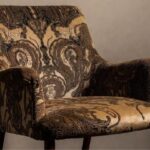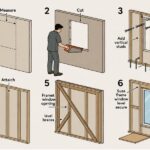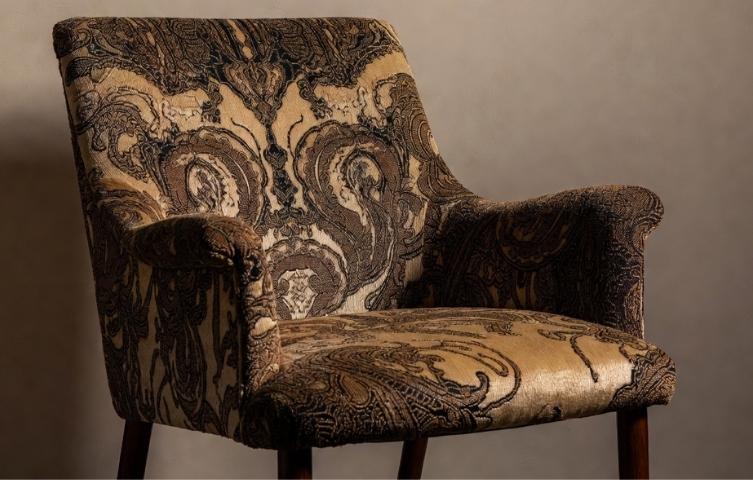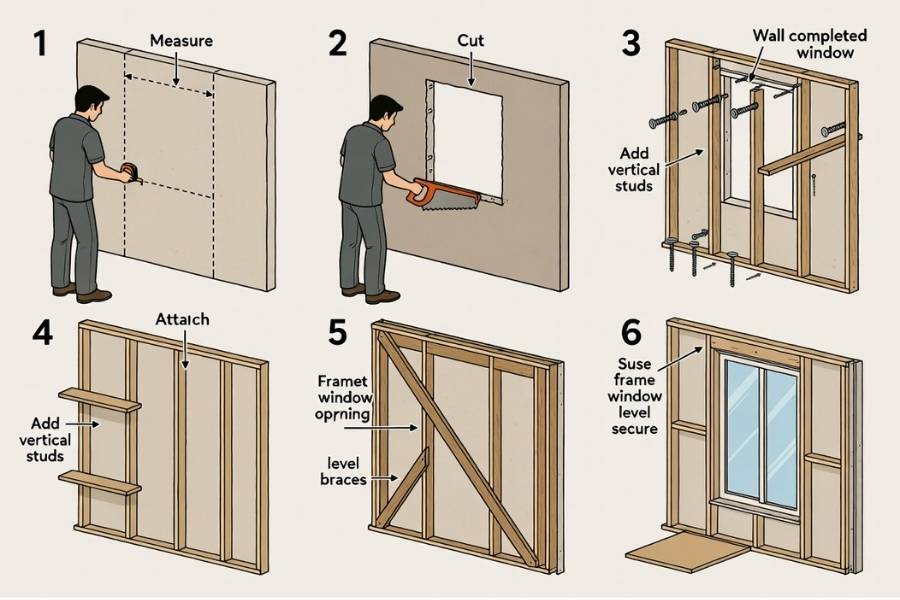The comfortable armchair you relax in after a long day is appealing for more than just its shape. The soft fabric, supportive cushioning, and overall feel all come from upholstery, a craft that turns a plain furniture frame into something special. Learning the basics of upholstery is the first step to bringing new life to an old favorite or picking the right new piece for your home.
Whether you’re looking to tackle a DIY sofa repair or want to speak confidently with a professional, this guide will walk you through the essentials. We’ll cover everything from the different types of fabrics to standard upholstery terms, providing you with the knowledge you need to make informed decisions for your furniture and home decor.
What Is Upholstery?
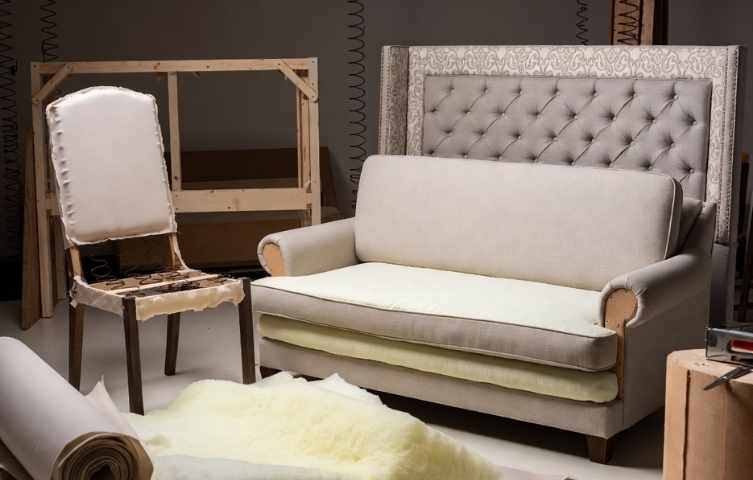
Upholstery means adding soft coverings to furniture like chairs, sofas, and headboards. It involves attaching fabric, padding, webbing, and springs to a bare frame. (Upholstery, 2025) This process creates a comfortable and stylish piece you can use every day.
The importance of quality upholstery extends beyond looks. The materials and techniques used directly impact the comfort, durability, and lifespan of your furniture. (A Comprehensive Guide to Choosing the Perfect Upholstery Material for Your Furniture, 2025) A well-upholstered piece can withstand years of use, while poor-quality work can lead to sagging cushions and premature wear. (How To Fix A Sagging Sofa Cushion, n.d.) It’s the unseen layers—the padding, webbing, and springs—that provide the structure and support necessary for lasting comfort. (Ask, 2019)
A Guide to Upholstery Fabrics
Fabric is the most noticeable part of upholstery, and choosing the right one can shape the look of a whole room. Fabrics are usually either natural or artificial, and each type has its own benefits.
Natural Fabrics
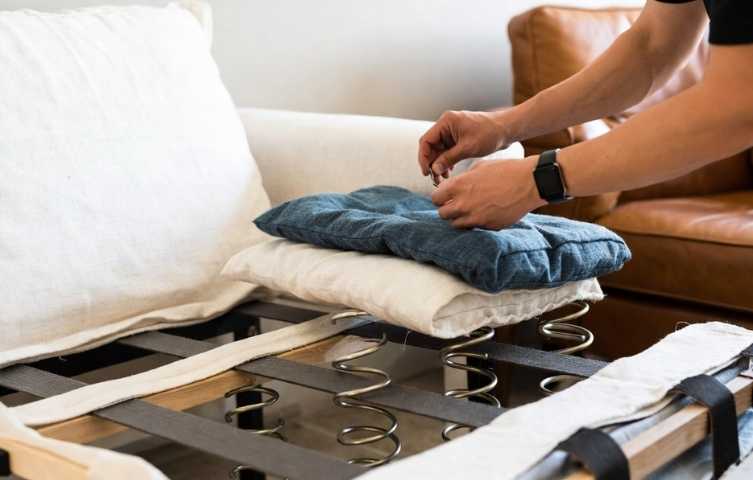
Natural fibers come from plants and animals. People often like them because they feel soft and allow air to pass through easily. (Classification of Textile Fibers, 2024, pp. 62-70)
- Cotton: This popular and versatile fabric is soft, breathable, and resists fading. However, it can stain and wrinkle easily. Blended cotton is more durable, so it works well for family room furniture. (Fabric Durability Guide: Which Lasts Longer?, 2025)
- Linen: Linen has a classic, relaxed look and is strong and smooth. It does not pill or fade easily, but it can wrinkle and stain, so it is best for low-traffic areas or homes without pets or kids. (The Pros and Cons of Linen Upholstery Fabric, 2025)
- Wool: Wool is a strong fabric that resists stains, wrinkles, and fading. It feels warm and cozy, so it’s a great choice for chairs and sofas in cooler places. (Primary Fact Sheet – Properties of Wool, n.d.)
- Leather: Leather is a classic and long-lasting option. It is easy to clean and develops a nice look as it ages. While it can cost more at first, it often saves money in the long run because it lasts so long. (Leather vs. Fabric Upholstery: Which One Is Right for You?, 2025)
Man-Made Fabrics
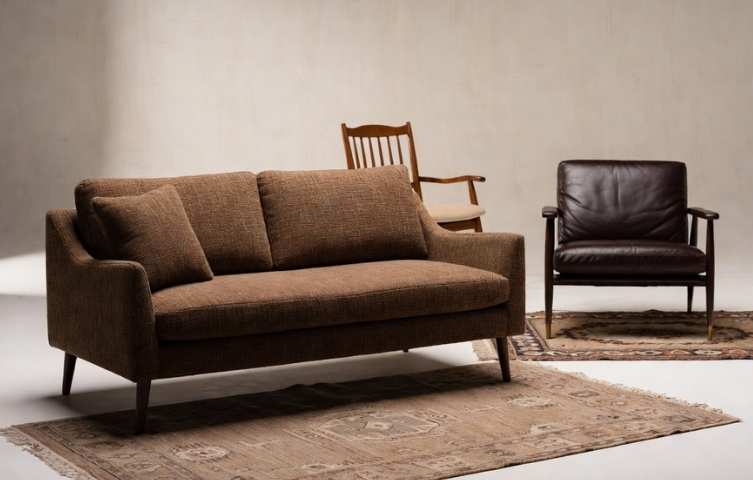
Synthetic fabrics are made to be strong and last a long time, which makes them a good choice for busy homes. (Synthetic Fabrics for Long-Lasting Furniture, 2025)
- Polyester: Polyester is very durable and resists stains, fading, and wrinkles. It’s a great choice for furniture that gets a lot of use and is often mixed with natural fibers to make it even stronger. (Polyester Upholstery Fabrics is a durable synthetic fabric, 2020)
- Nylon: Nylon is one of the strongest upholstery fabrics, but it is rarely used by itself. It is usually blended with other fibers to make furniture more durable and to stop pilling. (Guide to Upholstery Fabrics, 2025)
- Velvet: While velvet was once made from silk, most velvet today is made from synthetic fibers like polyester. It feels soft and looks luxurious, but it can be hard to clean, so it’s best for formal rooms. (Velvet: A Royal Fabric, 2019)
Standard Upholstery Terms to Know
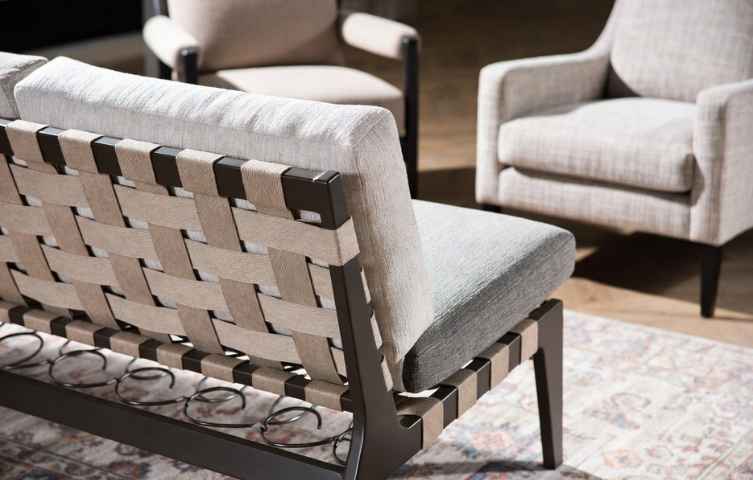
If you start an upholstery project or talk to a professional, you’ll hear some special terms. Knowing these words will help you explain what you want more clearly.
- Frame: This is the base structure of the furniture, usually made from wood or metal. A strong frame is important for making the piece last. (Upholstery frame, n.d.)
- Webbing: Strips of woven material stretched across the frame to create a supportive base for the springs and cushions. Jute and polypropylene are common materials used for webbing. (What are the different types of webbing?, 2019)
- Springs: Springs are coiled metal wires that give support and comfort. The most common types are traditional eight-way hand-tied springs and modern sinuous springs. (Construction Details, n.d.)
- Padding: Padding is the soft material placed over the springs and frame to make the furniture comfortable. Foam, cotton batting, and polyester fiberfill are common types of padding. (Florentino, 2010)
- Cushion Inserts: These are the fillings inside seat and back cushions. They can be made from foam, down feathers, or a mix of both, depending on how firm or soft you want your cushions. (Cushion Inserts for Upholstered Seating, n.d.)
- Fabric: The outer layer of the upholstery, which defines the furniture’s style and color.
Simple Upholstery Repair Techniques
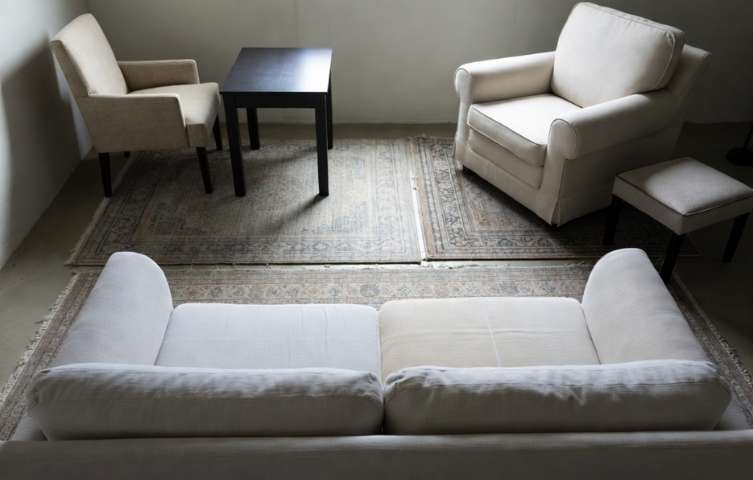
Even the best furniture can start to show wear over time. Luckily, you can fix many common problems with simple repair techniques and keep your favorite pieces longer.
Fixing Sagging Cushions
Sagging is a common problem with furniture. If your sofa cushions have lost their shape, you can often fix it by replacing the foam inserts. You can buy high-density foam cut to fit your cushion covers. For a faster fix, wrap the old foam with polyester batting to add support before putting it back in the cover.
Repairing Minor Tears
Small rips or tears in the fabric don’t always mean a complete reupholstery job. For minor damage, a fabric patching kit can provide an easy and effective solution. These kits often include adhesive and fabric patches that can be placed underneath the tear to hold it together. For a cleaner look, a curved upholstery needle and matching thread can be used to stitch the tear closed carefully.
Stabilizing a Wobbly Frame
A wobbly chair or sofa can be uncomfortable and feel unsafe. Start by turning the furniture over and checking the frame. Often, loose screws or bolts at the joints are the problem, and you can tighten them with a screwdriver or wrench. If the joints are weak, add metal L-brackets or use wood glue before tightening them.
Your Next Steps
Knowing the basics of upholstery helps you make better choices for your home, whether you are buying new furniture, looking for vintage pieces, or fixing up a family heirloom. By learning about different fabrics and simple repairs, you can keep your furniture looking and feeling good for years.
Now that you’re equipped with this knowledge, take a fresh look at the furniture in your home. Is there a piece that could be transformed with a bit of care and attention?

